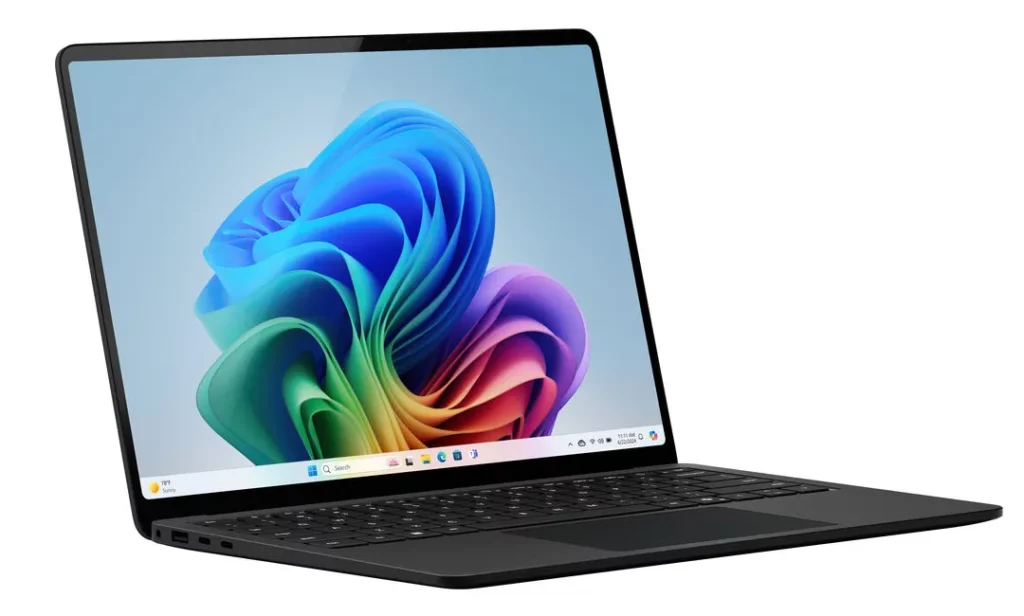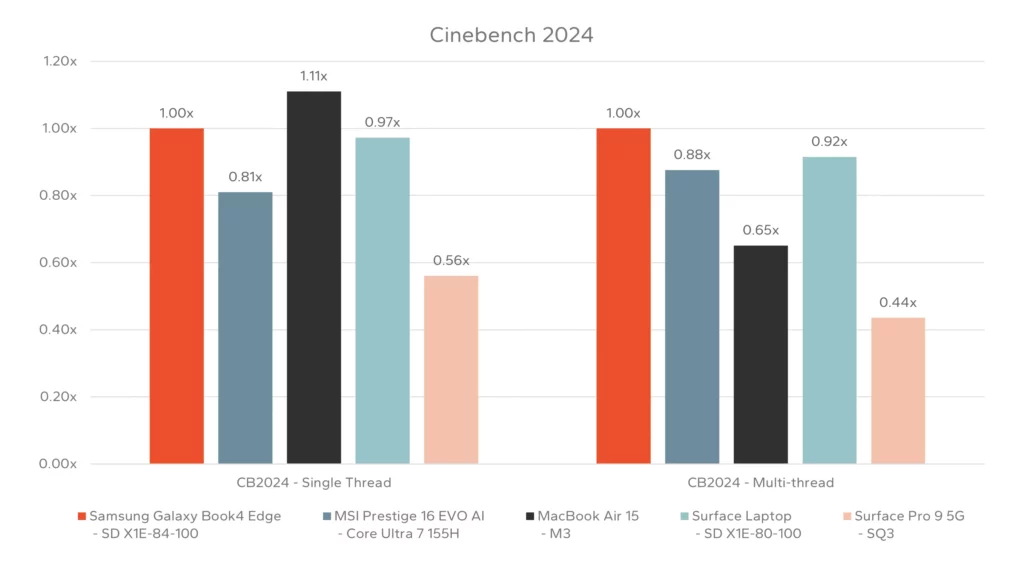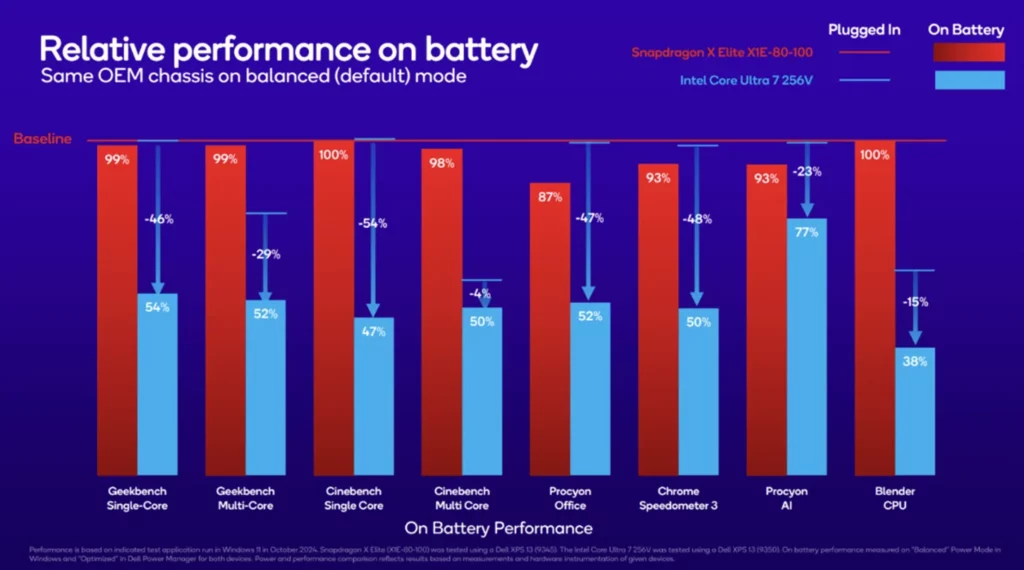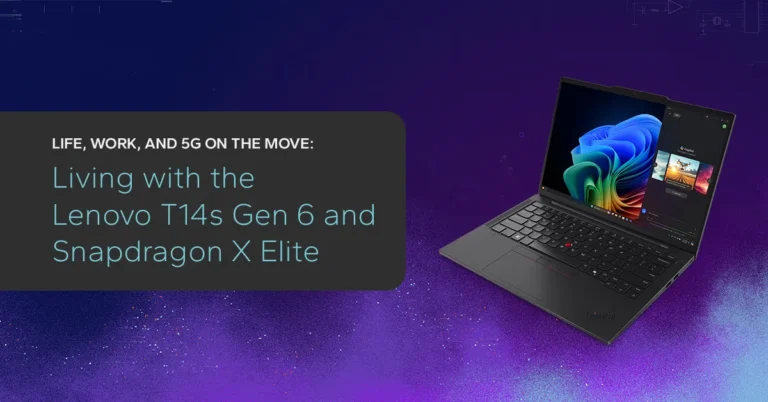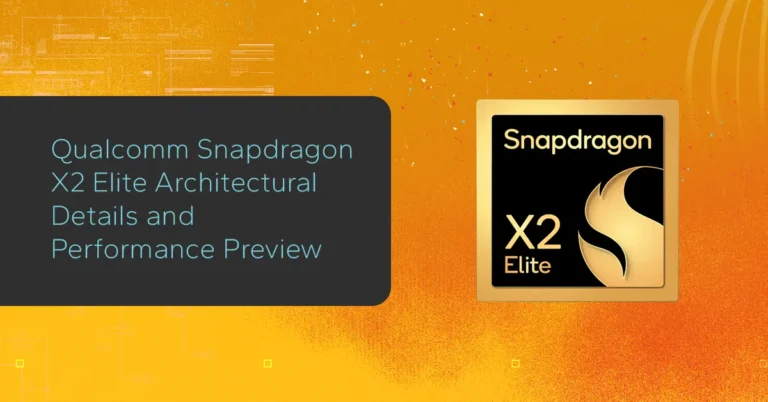State of Windows on Arm,
Year End 2024
-
 Ryan Shrout
Ryan Shrout
As we approach the end of 2024, the PC space has experienced a significant transformation over the past year. Once deemed somewhat stagnant and iterative, the laptop PC segment has emerged as the most dynamic and heavily debated area within the consumer computing landscape. Microsoft introduced its ambitious Copilot+ PC category, aiming to drive widespread adoption of AI acceleration and functionality. Additionally, the chips powering these devices have seen renewed focus with the introduction of newer, more powerful, and efficient Arm-based options, significantly impacting the segment.
When Qualcomm announced the Snapdragon X Elite processor in late 2023, featuring the Oryon core, it generated considerable excitement within the industry, albeit accompanied by skepticism. The performance claims were substantial, and the efficiency targets suggested potential for Microsoft and Windows to finally compete with Apple and its own Arm-based M1, M2 and M3 chips. Microsoft executives heightened anticipation for this revitalized competition with Apple and the emergence of a new class of AI PCs, leading up to the launch in April and May.
Now, approximately six months into the broad availability of this new iteration of Windows laptops, what insights can we glean from consumer feedback, reviews, and the PC industry? Furthermore, what can we anticipate for 2025, considering both challenges and opportunities?
Performance Leadership
Like many industry analysts and observers, I admit that the initial claims of X Elite’s performance leadership, not just in AI but in general purpose compute, brought skepticism. After all, several generations of Qualcomm-based Windows machines had come before and were always notably behind the leading x86 CPUs from Intel and AMD, though they did shine in battery life and efficiency. But fundamentally we knew that the “Arm vs x86” debate was not the gating factor in performance, as the Apple M-series of processors (that launched with the M1 in 2020) used in the MacBook line offered excellent performance without needing to sacrifice power efficiency and battery life.
And so, when the first Copilot+ PCs launched with the Snapdragon X Elite processor this past summer, we saw non-x86 Windows laptops take the performance leadership crown on single threaded and multi-threaded capability. And it did this while offering unseen battery life results for a Windows-based PC, one of the benefits of the Arm heritage in the smartphone space. And for Microsoft, this meant taking the performance crown even from the hyped and praised Apple M3 chip in the MacBook Air line; a significant victory in their eyes.
Efficiency and Battery
When launched, the X Elite laptops as part of the Copilot+ segment were offering battery life numbers better than any other similarly sized laptop based on Intel or AMD processors, and even exceeded the MacBook Air in our testing at Signal65. Removing the AI aspects of what a Copilot+ PC was meant to be (even if that was the biggest marketing drive for Microsoft), the X Elite designs like the Surface Laptop and Surface Pro showed that you could combine high performance with long battery life, making no sacrifices of one for the other. This was a statement that press and reviewers would only previously have conceded on Apple products.
Another interesting observation and differentiation was highlighted late in the year at a Qualcomm press event, showing that performance consistency was better on its processor than on the x86 competitors, including the most recent releases from AMD and Intel. This performance consistency when comparing how your system would perform in real-world tasks when it is plugged in to the wall (on AC power) versus how it performs when you are truly mobile (running on the battery, DC) with the X Elite contrasted with other Windows x86 platforms that saw performance FALL by as much as 50%.
Application Ecosystem
If there is one area from our Windows on Arm experience this year that brought questions, it is around application compatibility. When Arm-based laptops first started shipping there was a gap in the number of applications that would run on them compared to the ubiquity of application support on x86 laptops, both Intel and AMD processors. It was a key area to focus improvement for Microsoft, and both silicon and software partners.
When Microsoft decided to truly lean into the Windows on Arm platform for 2024, it kicked off significant engineering work several years earlier to do two things: improve on the emulation stack for Windows and engage with software developers (first party and third party) to make this a first-class architecture in the ecosystem.
The new Prism emulator was released with the first X Elite laptops this year and made massive improvements both in terms of application and feature support and performance. Emulation layers allow software that was built for x86 processors to run on chips like X Elite without having to rewrite code or change the software. While still not 100% across the scale of Windows apps, even early testing showed that there was a significant increase in application support and performance of those apps running in the emulator was excellent, thanks to the combination of software engineering by Microsoft and the much more powerful CPUs in the X Elite.
And through the work of Microsoft (and honestly, just pressure from the industry as they adopt and use these laptops), more of the lingering applications are being converted to run natively for Windows on Arm. When Google released its Chrome browser natively for it in March, it set the tone that the industry was waking up and was going be inclusive of this new competitive landscape for Windows. And just recently Google updated its Drive application to run natively, crossing one of the last critical productivity tools from the list that previously did not run at all.
There were (and are) still some gaps that Microsoft and its partners need to clean up. Anything that uses kernel-level execution drivers (like gaming anti-cheat software) cannot be emulated and must be updated and recompiled for Arm. But as we see the releases and roadmaps for native support pileup, 2024 has been a significant victory for Microsoft and Arm on the application compatibility front. As Microsoft pointed out at its Ignite event this year, more than 90% of the app minutes for users of non-x86 Copilot + laptops are now running natively, highlighting a breakthrough in redefining compatibility beyond traditional x86 dominance.
Looking Ahead to 2025
A secondary benefit to those of us watching from the sidelines is that by introducing a leading solution, it puts the x86 stalwarts of AMD and Intel into a position that forces them to design different, think about the status quo and what should change, and how more competition will impact their roadmaps. I believe that both the X Elite and Apple M-series of processors drove Intel to put more emphasis and engineering muscle behind its Lunar Lake design, and as a result, the market gets another competitive solution out in the market, even if it is a one-off design according to Intel due to notable cost and design concerns. That is good for all consumers, regardless of which platform you select for your next PC.
